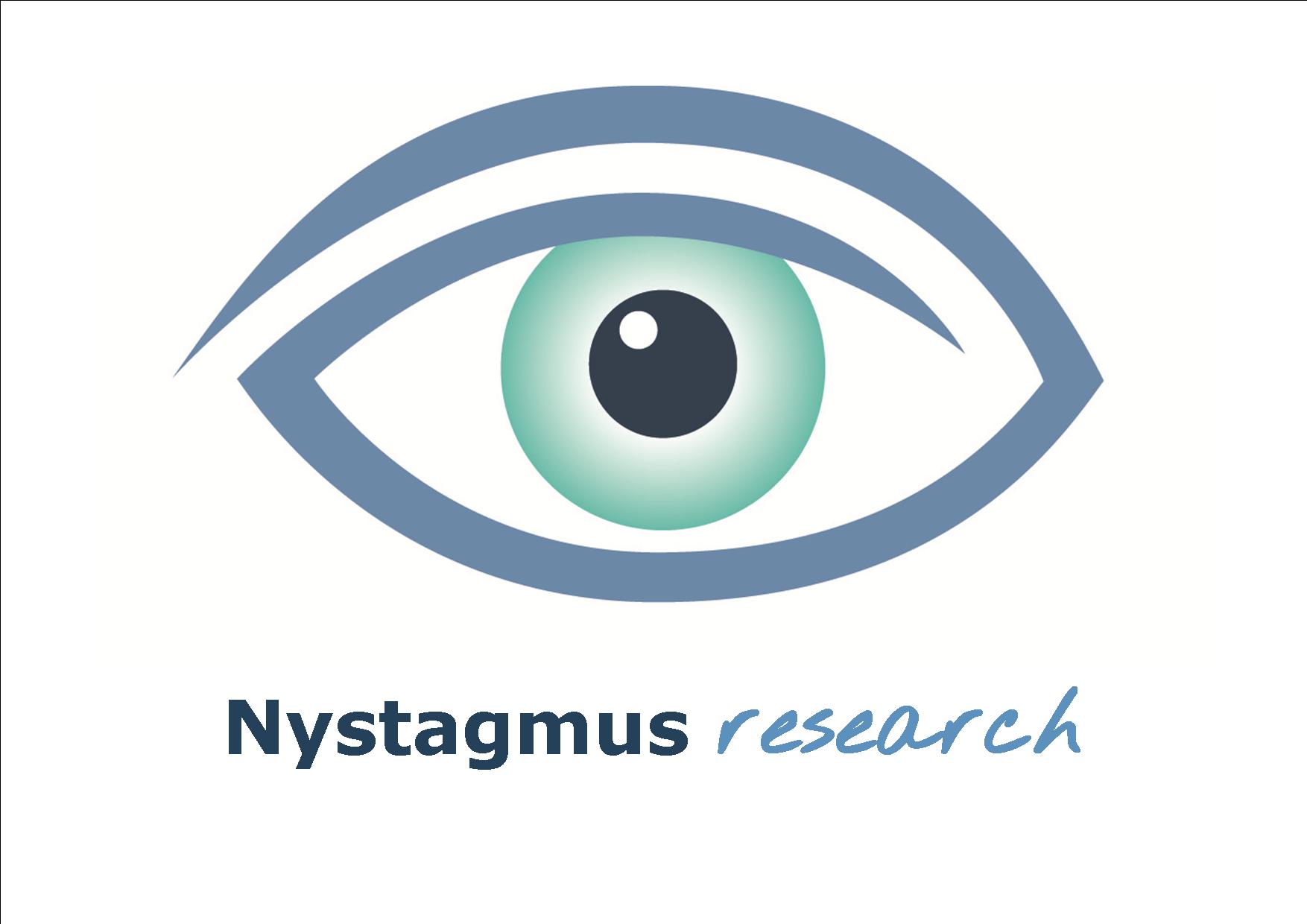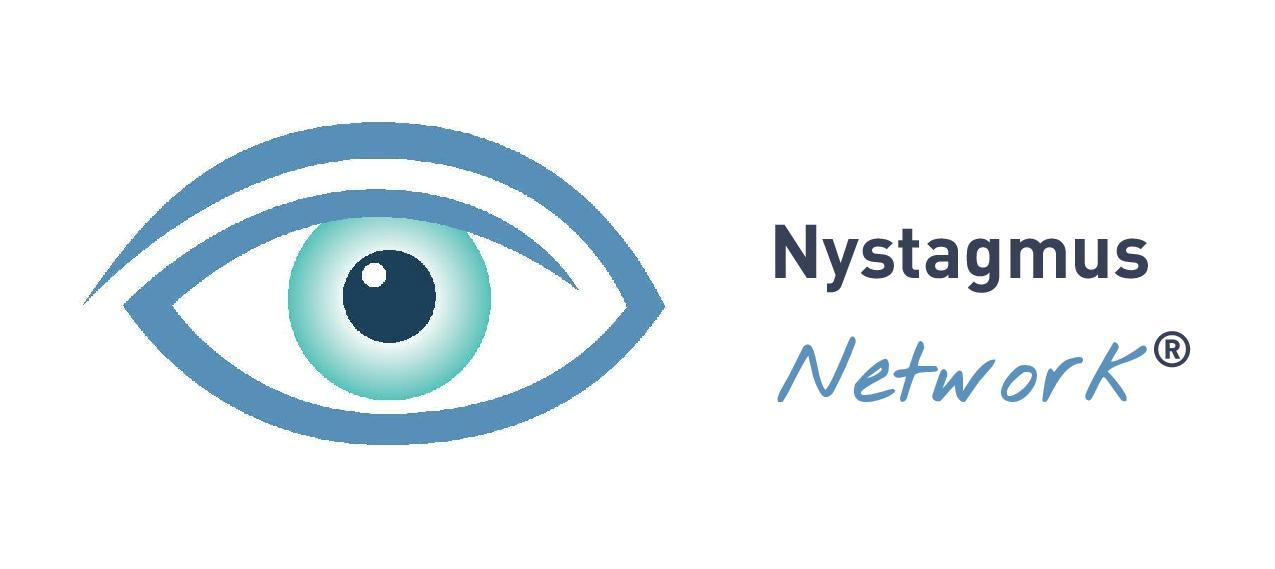We asked a group of Nystagmus Network supporters what questions they would most like to put to nystagmus researchers. Then we found researchers to answer them. Your questions were answered … Continue reading Your nystagmus research questions answered – question 6

